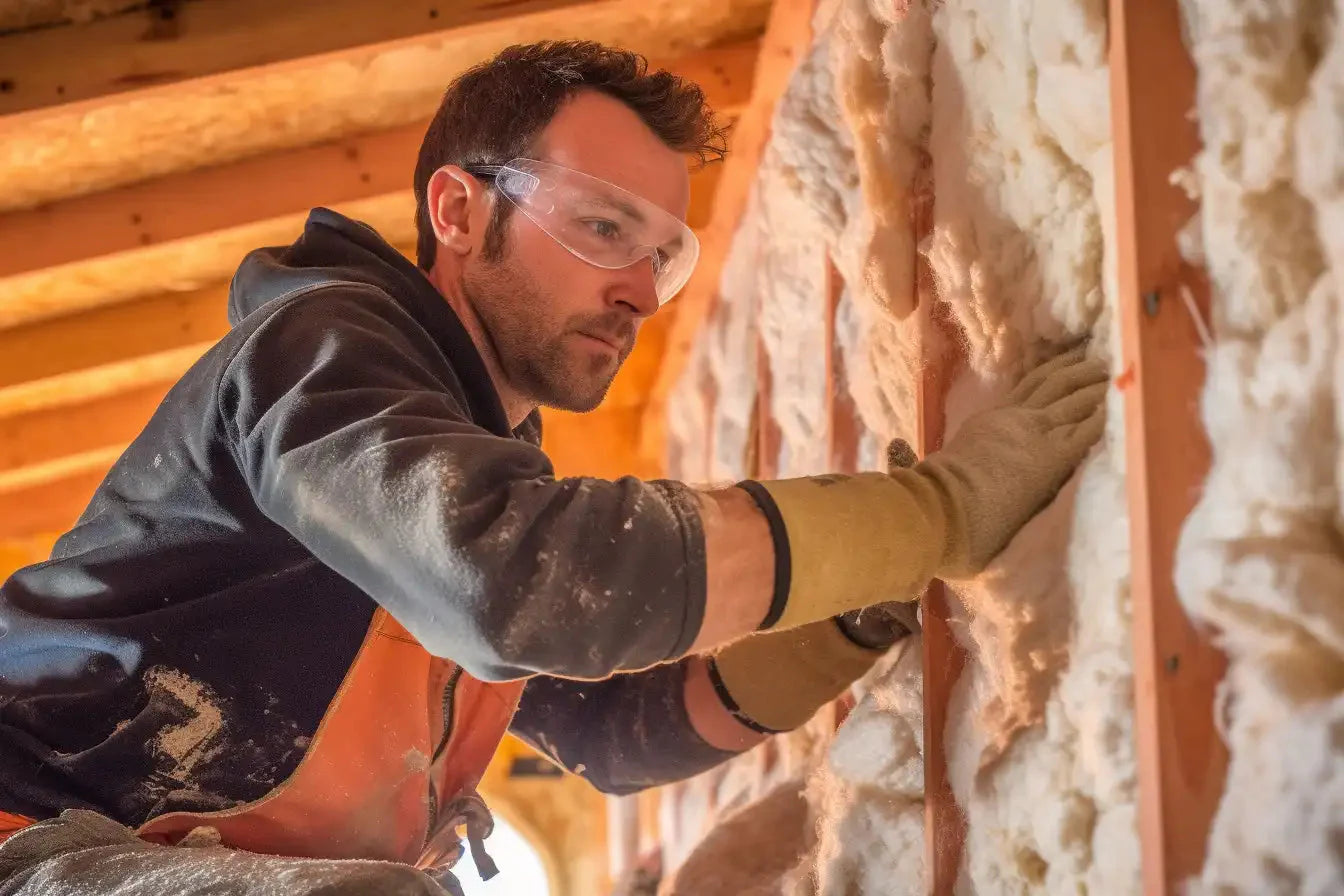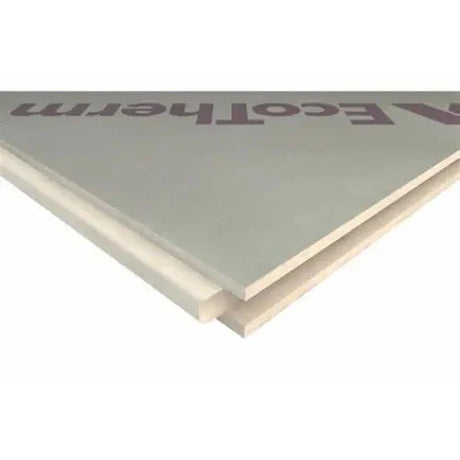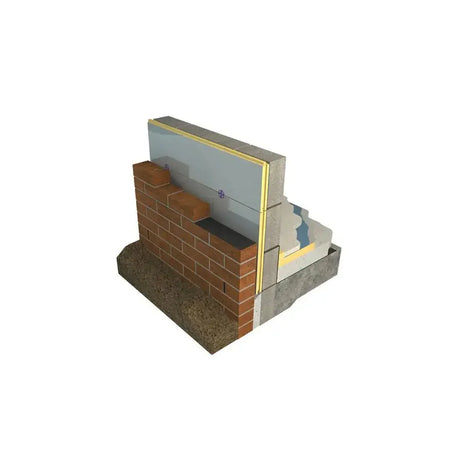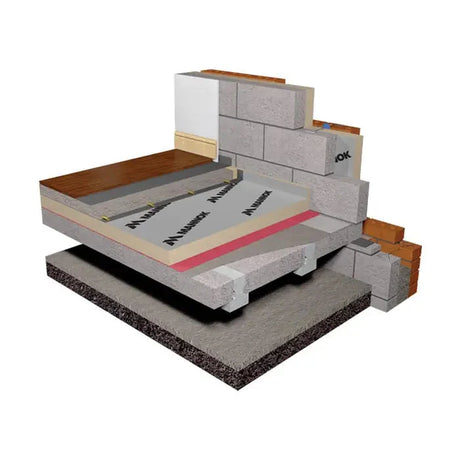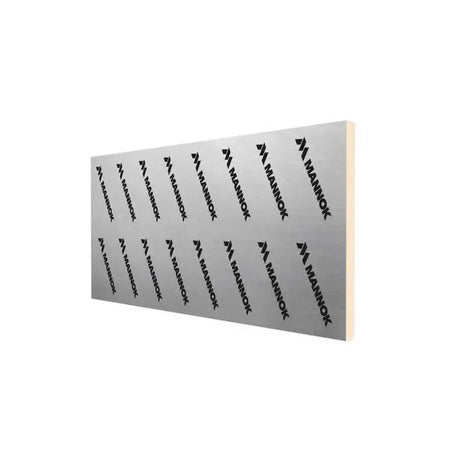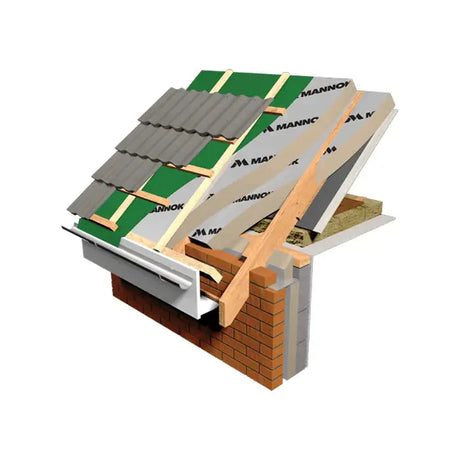If you're looking for an affordable and energy-efficient way to insulate your home, fiberglass insulation is a great option. Comprised of tiny glass fibers, this type of insulation can be found in rolls, batts or loose-fill form.
In this guide, we'll go over the benefits of fiberglass insulation compared to other types of insulation materials on the market. We'll also cover how to install it yourself if you're feeling confident enough for a DIY project. Finally, we'll answer some common questions about safety and R-value so you can make an informed decision about using fiberglass in your home.
Benefits of Fiberglass Insulation
- Energy Efficiency: Using fiberglass insulation allows homeowners to save money on their heating and cooling bills since it helps regulate indoor temperatures.
- Soundproofing: In addition to keeping unwanted air in or out of your home, fiberglass insulation can reduce outside noise pollution by up to 50 percent.
- Cost Effective: Compared to other types of insulation materials like spray foam or cellulose, fiberglass is relatively affordable.
- Fire Resistant: Most brands of fiberglass are coated with fire-resistant material and won't catch fire on its own.
- Versatile Usage: Fiberglass comes in various forms (batts, rolls or loose-fill) which makes it ideal for different parts of a building such as crawl spaces, attics or walls between studs.
Take a look at our Fiberglass Collection, were we stock many high-quality brands that offer these benefits including Rockwool Rocklap Bright Class Insulation Roll. This particular product has excellent sound-absorbing properties apart from being cost-effective.
How To Install Fiberglass Insulation
Installing fiberglass insulation is not too complicated; however, it does require proper protection gear such as gloves and goggles. Here are the steps to installing fiberglass insulation in your home:
- Before installing, check whether there is any existing insulation or debris that needs to be removed.
- Measure the area you want to insulate and cut fiberglass batts or rolls according to necessary lengths for secure placement.
- Unroll the fiberglass batt at one end of your attic floor's length, covering its width entirely. Do this repeatedly until every row of your floor had covered with a set of fiberglass batts.
- Ensure that no gaps exist between each roll/batt by attaching them together with some tape so they don't move out of place over time.
- Perform this same procedure on all walls, crawl spaces and areas where insulation will work best.
If you're not comfortable tackling an insulation project yourself, consider hiring an insulation contractor who can provide professional installation services at a reasonable cost.
Home Insulation Tips
- Don't allow any leakages: You should make sure windows & doors are well-sealed.
- Focus on the Attic: The attic plays a huge role in balancing heat loss and accumulation; hence it needs special attention when insulating.
- Consider adding more than one form of insulation: When working with different types of insulation, they tend to complement each other’s strengths and weaknesses.
- Upgrade your old furnace and replace air filters regularly.
We stock a wide variety of Fiberglass Insulation Brands including Isover Climcover Ductwrap that's ideal for insulating metal ductwork or Knauf Acoustic Insulation Roll that reduces sound by up to 50%.
In summary, fiberglass insulation is an effective material to use for insulating homes properly. To install it yourself you need proper protective gear like gloves and goggles. This material is cost-effective, versatile and easy-to-install.
We offer many products from top-rated brands such as Isover, Knauf, Rockwool, . For any more help or information on this topic regarding environmentally friendly applications of Glasswool, crawlspace installation service recommendations or suggestions on the best type of insulation suitable for every building structure get in touch with us today!
Frequently Asked Questions
What Is Fiberglass Insulation Made Of?
Fiberglass is composed mainly of glass fibers melted together into long strands using silica sand as a raw material.
Is Fiberglass Insulation Safe To Use?
Yes! As long as it's handled properly, fiberglass insulation poses no health risks such as skin irritation or respiratory problems.
What Is The R-Value Of Fiberglass Insulation?
The R-value for fiberglass insulation typically ranges from 2.9 to 3.8 per inch which signifies excellent energy efficiency.
Can Fiberglass Insulation Be Used In High Humidity Areas?
Yes, fiberglass insulation can be used in high humidity areas provided that it's backed by a vapor barrier to prevent moisture buildup. For insulation in high-humidity areas like crawl spaces, Ursa Acoustic Roll is an excellent option.
How Does Fiberglass Compare To Cellulose Insulation?
While both materials are cost-effective and energy-efficient, there are some notable differences between them. Many people prefer cellulose over fiberglass because it's made from recycled newspaper which makes it an eco-friendly option. However, despite its environmental benefits, cellulose may act as a food source for rodents and insects.
What's The Best Insulation For Homes?
The best insulation for your home will depend on factors like the climate you live in and your home's design or structure. That being said, many homeowners opt for fiberglass insulation due to its various benefits which include affordability and versatility.
How Much Does A Typical Installation Of Fiberglass Insulation Cost?
If you decide to install fiberglass insulation yourself costs can range from $0.10 per square foot for the material alone up to £1 per square foot including all necessary protective gear such as gloves and goggles. When hiring a professional installation service prices can range around £1-£4 per square foot depending on location, level of difficulty involved etc. If you're in the UK, see the official government backed scheme that could potentially get you free insulation upgrades.
Whether you're looking to improve your old home's energy efficiency or safeguarding new construction projects against weather extremes Rockwool Pipe Insulation cladded with PIB is great for protecting pipes outdoors during extreme temperatures!

